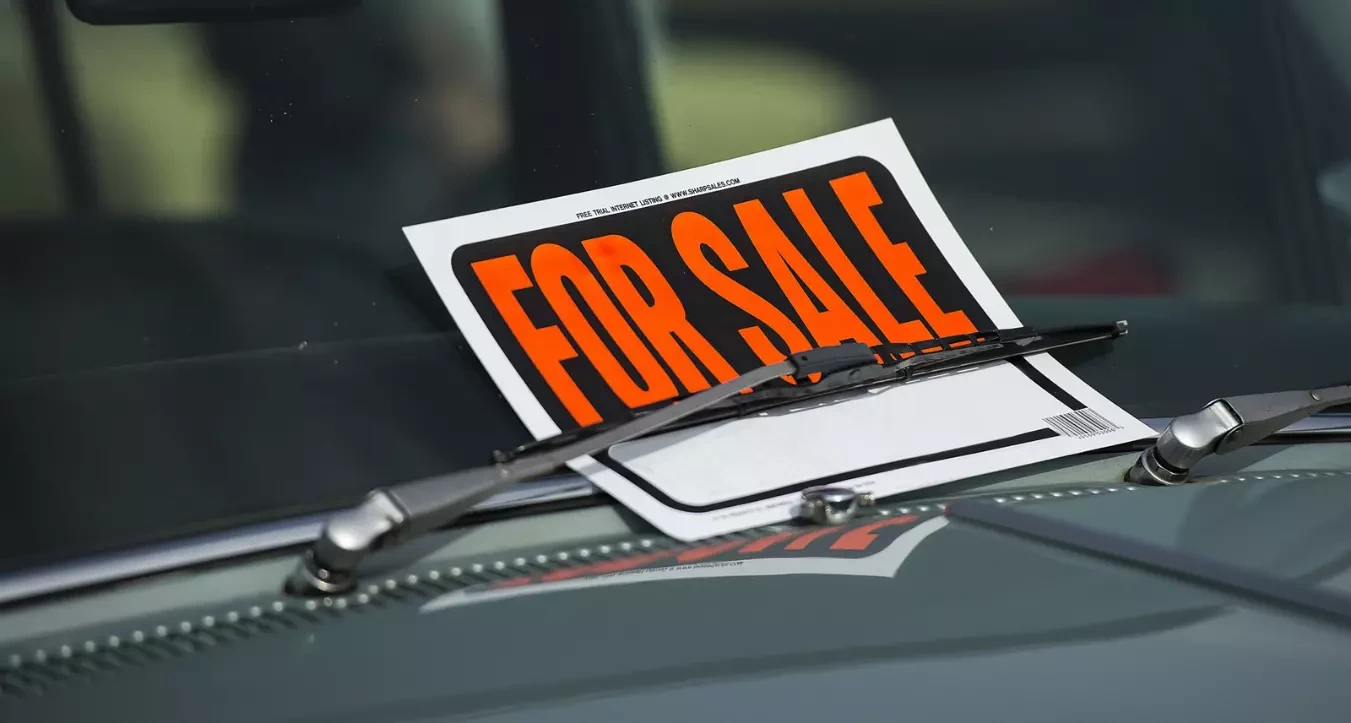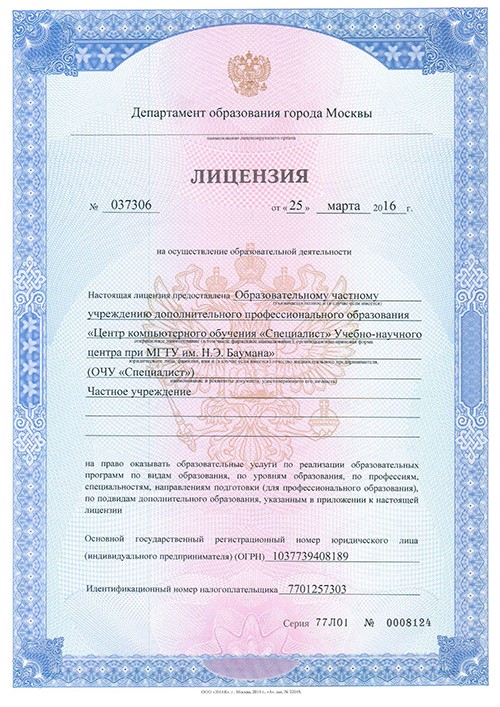
Used Car Seat Buyer Safety Checklist
Car seats, like any other aspect of parenthood, can be an expensive necessity, especially for something that is guaranteed to only last a few years at best. As with clothing and toys, more and more parents are finding it smart to just buy used car seats, but unlike clothes and toys, used seat belts come with a lot more risk that can't just be washed or sewn up. While it's generally not a good idea to buy or accept used car seats, there are still signs to look out for to ensure that if you take the used route, your purchase is still safe and secure. While being expensive doesn't necessarily mean being the best, saving money on a car seat doesn't necessarily mean you're making a smart purchase, especially when it comes to child safety. If the car seat you've purchased or intend to purchase doesn't go through any of these steps, discard it and move on - there are better and safer destinations.
Here are some of the things you should consider when choosing used car seats:
Is the car seat model older than six years? While you don't think of car seats as something that has an expiration date, all models do have one six years after the production date. In addition to the fact that there are certain components that wear out over time, this was also implemented to compensate for changing laws and regulations. Even if a car seat is considered structurally sound, it may not comply with new safety laws. Also, due to its age, service and spare parts may not be available.
Has he been in an accident before? If this is the case, or if you can't figure it out, the safest course of action would be to not buy or take it entirely. No matter what a car seat may look like on the outside, there may be structural damage on the inside that can reduce or even negate the effectiveness of the car seat. Car seats are only tested for a single impact, which means that the manufacturer is not sure how the car seat will withstand any subsequent crashes.
Are all parts present and accounted for? No part of the car seat is arbitrary - everything it is made of is designed for a specific purpose. If the used seat in question does not have an owner's manual, one can usually be found online to ensure all parts are present and fully functional.
May I know the name of the manufacturer? Car seat recalls are very common, especially for faulty parts. If you can't determine who made the car seat, you have little to no way of knowing if its model has ever been recalled. If you know the manufacturer and the model has been recalled, the manufacturer can provide either replacement parts or a different car seat.
To what extent is it "used"? Nothing that takes years to contain a rolling, crying, eating and messing up baby looks too pristine other than traditional clothing, check the chassis for cracks, faulty seat belt latches, breaks in the belts themselves, or any other damage . this goes beyond typical "wear and tear". Any sign of physical damage other than spilled food should be a signal that the car seat is probably unusable.
While purchasing a used car seat is not recommended for the above reasons, it is understandably a more financially attractive option as car seats can be notoriously expensive. While some argue that factors like expiration date are just a ploy to discourage car seat repurchases, it's still important to err on the side of caution, especially with something so important to a child's safety. So don't be so quick to decide to buy a used car seat just because it's cheap. Study it carefully, make sure it meets the above standards, and listen to any doubts you may instinctively have about its effectiveness, and you can still get a good car seat at a price that won't break the bank.
